Jeff Mathews Nimble Light
Posted on January 8, 2024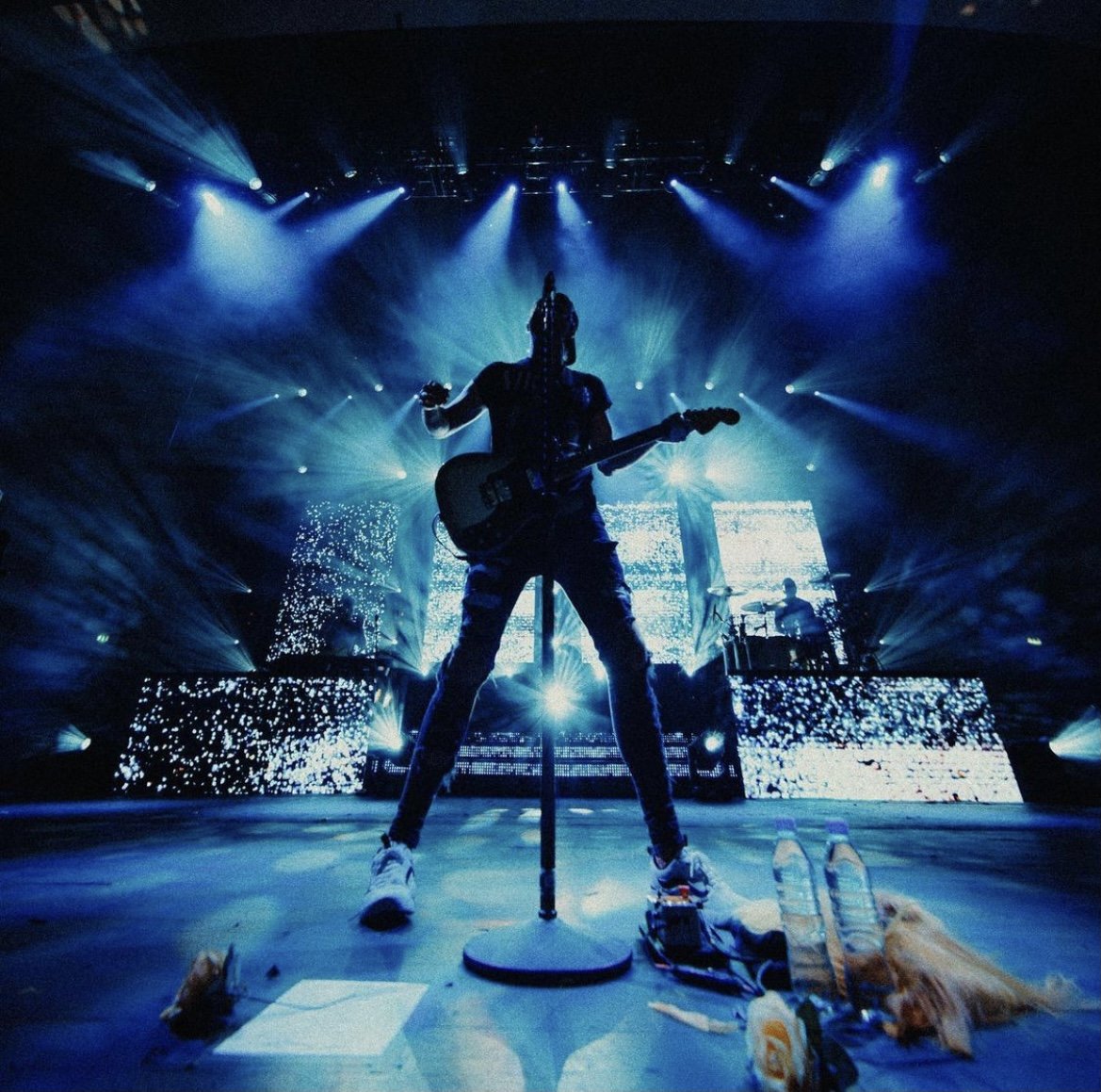 Like the Greek philosopher Heraclitus’ “mythical man,” who can never step in the same river twice, lighting design can never go back to where it was just a short time ago. This Nashville-based lighting designer wouldn’t have it any other way. In his view, the need to adapt to the constant changes surrounding design, from the arrival of new technologies, to ever-evolving client needs, infuses a designer’s work with a vitality that makes it more relevant to audiences, whose own expectations are always in flux.
Like the Greek philosopher Heraclitus’ “mythical man,” who can never step in the same river twice, lighting design can never go back to where it was just a short time ago. This Nashville-based lighting designer wouldn’t have it any other way. In his view, the need to adapt to the constant changes surrounding design, from the arrival of new technologies, to ever-evolving client needs, infuses a designer’s work with a vitality that makes it more relevant to audiences, whose own expectations are always in flux.
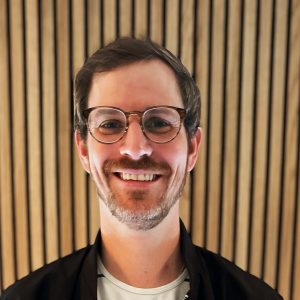
Following this philosophy, Jeff Mathews and his partner in Borealis Live Design, Christian Hall, have not only responded to the rapidly flowing river of lighting design, they have often been steps ahead of it in their work on tours for clients like Dan + Shay, VHS Collection, and All Time Low, as well as videos and TV specials for the likes of Dolly Parton, Thomas Rhett, Katy Perry and Carrie Underwood.
Pushing design in new directions, doesn’t only mean incorporating the latest technology like AI and advanced pre-vis plugins for UE (though Borealis has done plenty of that), it also demands that a designer explore novel ways to push current design concepts in unexpected directions, for example, by experimenting with light angles. How else to keep lighting’s own river fresh, original and full of surprises?
Mathews spoke to us to explore the nimble power of light.
Earlier in your career, you were a lighting designer for the touring dance company Bella Moxi. How did this influence your development working for touring bands like All Time Low, and Dan + Shay?
“Haha wow that is a throwback! I haven’t thought about that in a while, but there are definitely things that I learned from lighting dance competitions that I took away and still use often. For Bella Moxi, we took a more theatrical approach to lighting the talent. Rather than using everything all at once and trying to build a huge look; we sometimes used just a few lights to accent the choreography and build something dramatic looking. Side lighting is paramount in dance, I feel like it adds depth and drama to anything, which is why it is a mainstay in almost anything we do today. Last year we sent out a tour with Tate McRae, who had a lot of dancing and choreography in her show, we definitely pulled elements from lighting dance for that show.”
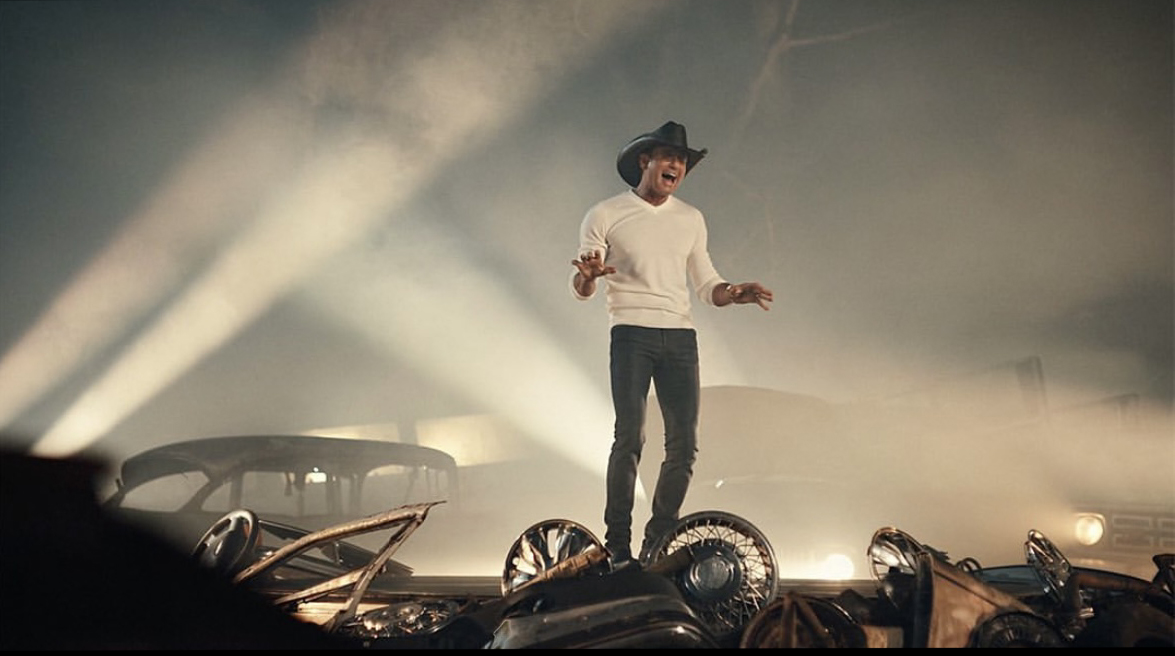 Speaking of that, we’ve always been impressed with the way you and Christian Hall, have used back and side lighting to accent performers in unique ways, creating dramatic looks and silhouettes. We’re thinking particularly of what you did last summer for the VHS Collections tour. Can you tell us about that?
Speaking of that, we’ve always been impressed with the way you and Christian Hall, have used back and side lighting to accent performers in unique ways, creating dramatic looks and silhouettes. We’re thinking particularly of what you did last summer for the VHS Collections tour. Can you tell us about that?
“Christian and I worked on those VHS rigs together, that was largely his project, and he took it on tour one year and our friend Nate Leininger took it out most recently they both killed it and those shows looked great in the rooms they were in. We are both big fans of the drama that silhouetting an artist brings to the table and sidelight. Finding a cool way to light someone, maybe from an angle you wouldn’t expect can evoke some neat feelings for the crowd and take a performance that feels up-beat and happy, and make it feel dark and chilling, or take something that feels cold and one dimensional and warm it up and give it some depth.”
You and Christian have chalked up some impressive accomplishments since you began Borealis Live Design eight years ago. What are they keys to a successful partnership?
“In my experience it has been important to recognize each other’s strengths and weaknesses, and to trust each other to handle the things we do well. Being open to ideas, listening and being willing to accept criticism is crucial, as well as having open lines of communication and respect for each other. We try to help each other stay focused on being solution-centric. A lot of what we do is problem solving and mitigation, so we’re almost always working together trying to streamline things, make them more stable and harden them for the road. I think we both bring different, but balanced and equally important skillsets to the table, and that’s what makes for a successful product and a successful partnership. Also, Christian is a great friend of mine which makes working together easy.”
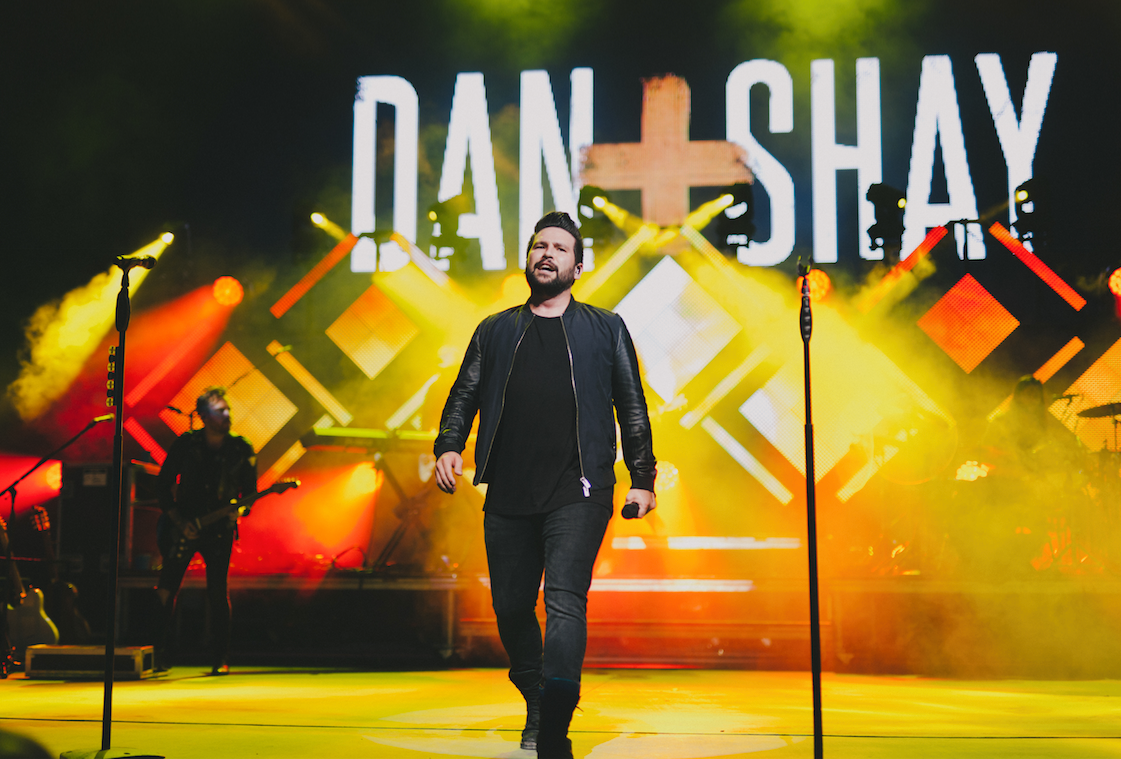
You’ve programmed some impressive music videos for artists like Katy Perry and Thomas Rhett, and Kane Brown as well as Tim McGraw and Carrie Underwood. How is this different than programming a concert of festival?
“I feel like there is quite a bit of cross-over between programming lighting for camera and lighting for a live audience, but the thought process is quite a bit different. I will still typically timecode, or at the least cue stack out the performance section of a song, but will leave out key and fill lighting, just focusing on the “concert lighting” element and building ways to make quick intensity adjustments on the fly. Then, through glass and a proper monitor we will dial in beauty light, key and fill with the DP and set exposure levels. To me, a lot of the pace of lighting for film revolves around anticipating changes that the DP and gaffer might be looking for as the shoot progresses and having quick access to those changes, and being able to adjust exposure levels quickly and efficiently. I enjoy lighting film for similar reasons as live, as every shoot presents its own set of challenges and workflows, and it keeps me on my toes.”
Turning to tours, we really liked how you lit St. Lucia’s Utopia tour with all the bright colors and whimsical shapes. That was quite different from some of the more intense color combinations you’ve used on other tours. We know that different color palettes reflect different moods, but do they also affect how you approach things like light angles and intensity levels. In other words, are there things that you would do with your lights when you’re using bright colors that you wouldn’t do when you had darker tones, or vice versa?
“Christian used to tour with St. Lucia so he knows their brand well. He and I worked on that design together, and split programming duties so there is a good blend of styles on that one. In my mind, bright and colorful songs feel like an artist should be well lit and visible so they don’t disappear into a busy landscape, whereas in moodier looks with darker more saturated tones, I feel like you can back off on key quite a bit, if not entirely, and really lean into back and side fill lighting.”
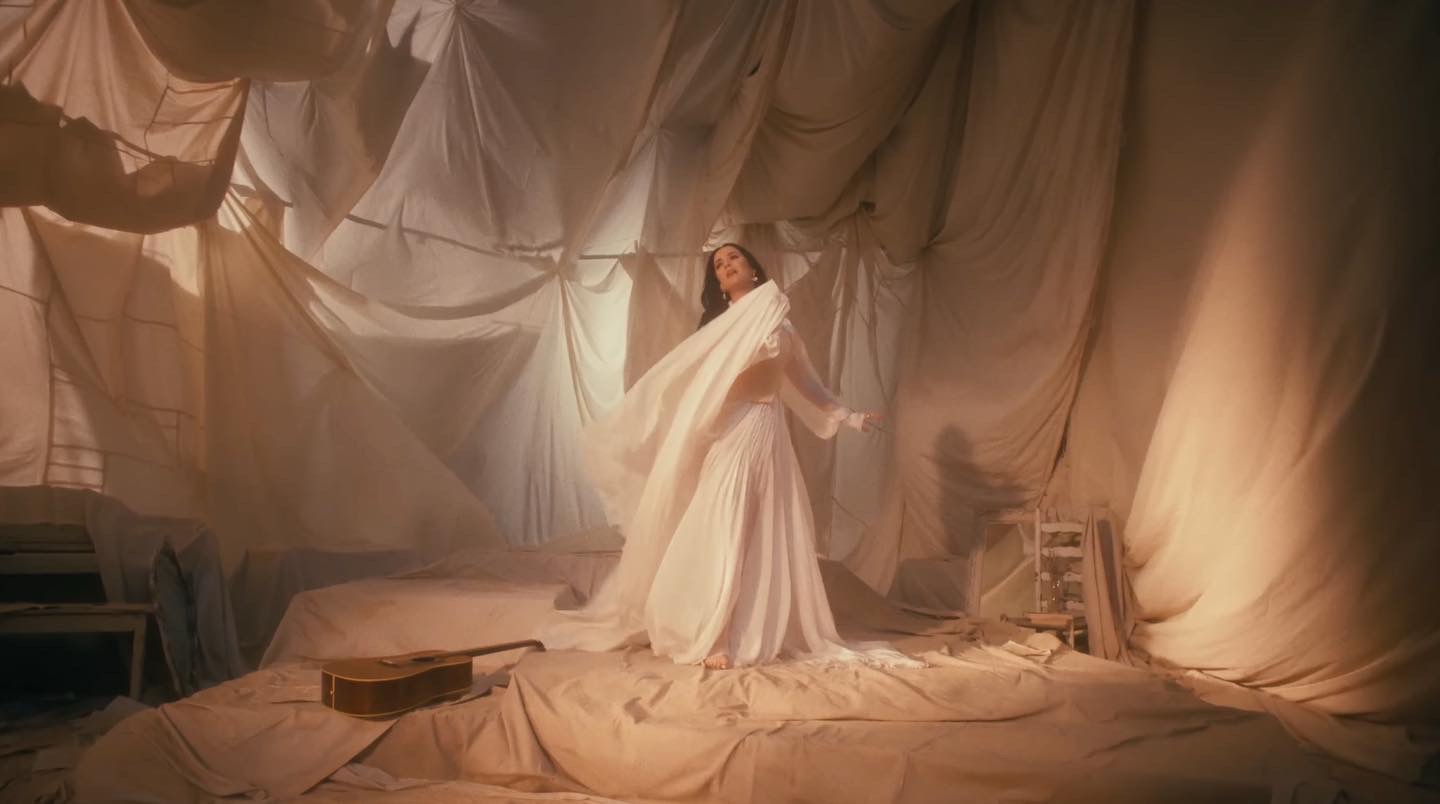
What are the first things you look at when you begin putting together a lighting design for a tour?
“The first thing I’m looking for is budget, then truck space, and venue sizes, then we will dig into the artist’s brand. Once all of that is established, we can get to work on creative and start putting the pen to paper with realistic parameters to work within.”
What is the single most important type of fixture you think lighting designers should have in their tool chest?
“Hmmm that is a very hard one, I would say it definitely varies from person to person based on their style. But for me personally, it’s probably some sort of color mixing wash-beam or profile. They offer a lot of flexibility — you can get interesting aerial breakups that reach out and touch people, hard edge spots, tight beams, textures, you can also frost it out if you need something softer. I could do an interesting show with just a couple of wash-beams or profiles. Maybe I could do it with a few washes or strobes too, but personally I think the flexibility makes it a no-brainer.”
What are your greatest strengths and weaknesses as a lighting designer?
“I would say one of my greatest strengths is the ability to adapt to ever-changing projects, being able to pivot quickly for a client to still make something great regardless of challenges we may be facing. Probably my biggest weakness is overthinking, and being too in-my-head.”
You seem to use monochromatic color schemes quite often in your designs. What do you like about them?
“To me monochromatic color schemes feel bold, and there is something that feels powerful about saturating a world in a deep color. They make a loud statement, and aren’t overly busy. Also, they don’t distract from the performance, but they are still intentional and in your face.”
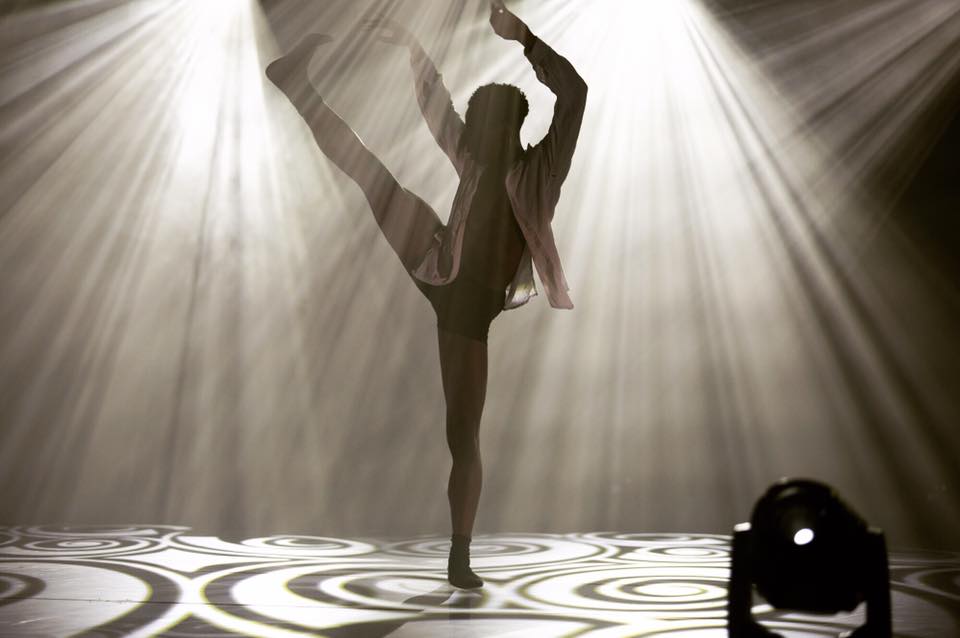
We’ve also noticed that you like to use a lot of geometric patterns in your designs. What are your thoughts on them?
“I love seeing rigs that other people are putting together with cool configurations of fixtures. It gets old just seeing just a huge video wall that is set to stun and drowns out lighting and the rest of the production. Regardless of how cool the content is, at the end of the day if that’s the loudest thing in the room you’re essentially watching someone play in front of a big TV. So yeah, if I had to pick between a huge wall, and a of a bunch of lights, it’s the lighting rig all day.”
Expanding on that thought, sometimes you use lighting fixtures arranged in patterns as your backdrop, instead having big video walls. Can you discuss the balance between video and light?
“Yeah, some tours we have just sent out with tons of lighting and some with tons of video and minimal lighting, I think in an ideal world there is a nice balance between the two. I think video plays an important role in live design these days, whether for IMAG, maybe enhanced with generative content, content telling a story, setting a scene — or just some sort of textural element. When it’s done right, it really enhances a show. And obviously, when it’s done wrong, in a way, it takes away from the show.
Do you see things like video mapping and AI playing a bigger role in design?
“Something that I love, that we are starting to try and incorporate, is building scenes in something like UE — from the audience’s perspective — and building your actual lighting package patched off screen in something like Carbon, a killer pre-vis plugin for UE, and having elements that are controllable from a console. Since you have your fixtures off screen, the on-screen elements look like they are catching light from your actual lighting package in real time. Colors match, strobes hit elements on screen, and when lights pan one direction, shadows go the other direction, really blurring the line between what is real and what is on screen. With a well-produced scene, and the right LED products and control, I feel like you can really transport an audience to wherever you want.
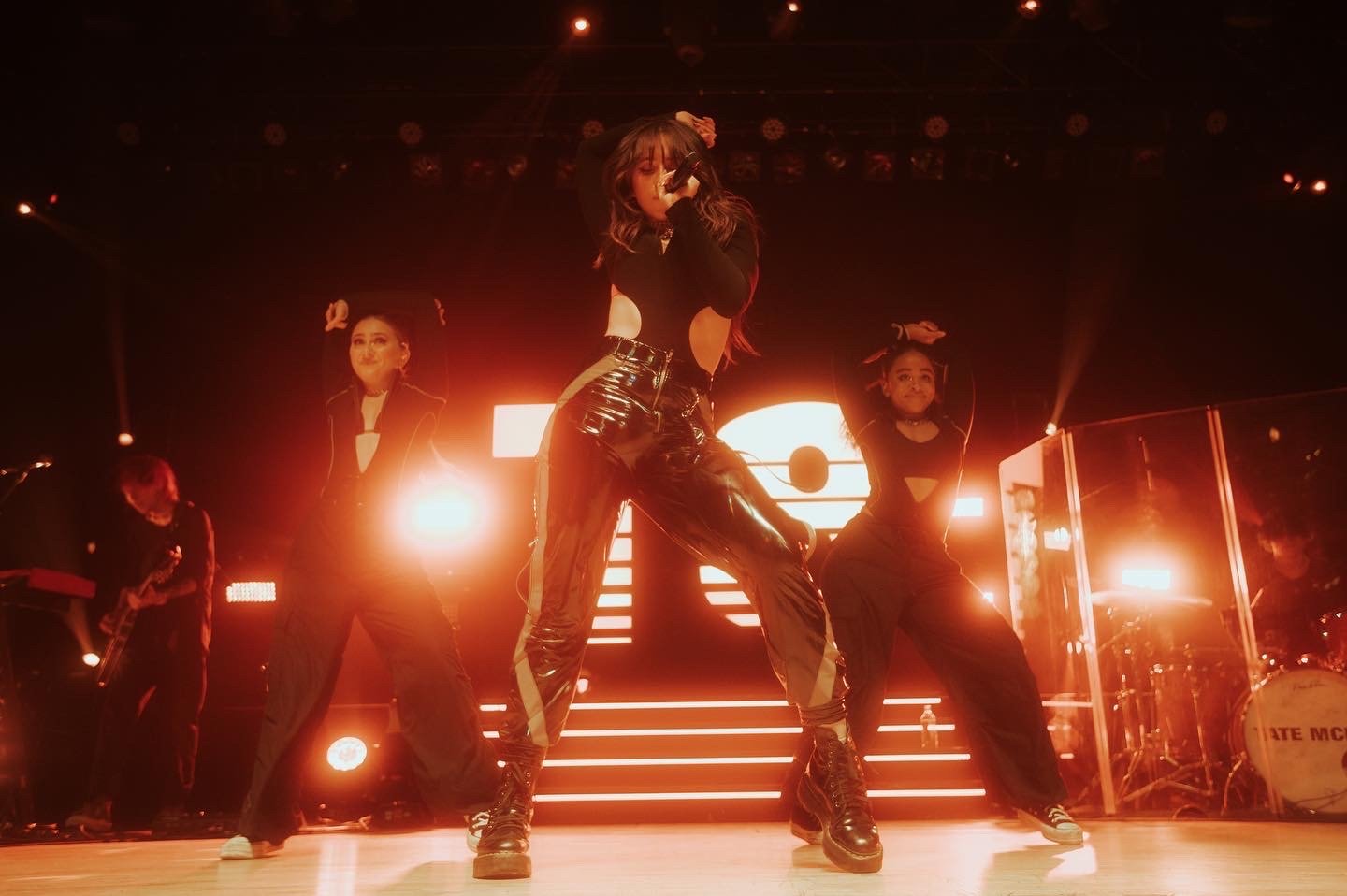 “As for the AI question, I think in the next 5-10 years we are going to see some insane developments in AI in general, but in our industry in particular I think AI generated video content will be everywhere. And we might see AI it incorporated into things like video mapping, camera switching, even lighting programming and direction.”
“As for the AI question, I think in the next 5-10 years we are going to see some insane developments in AI in general, but in our industry in particular I think AI generated video content will be everywhere. And we might see AI it incorporated into things like video mapping, camera switching, even lighting programming and direction.”
Looking at your career, is there one particular project that stands out because of what it taught you about lighting design or yourself as a lighting designer?
“Not particularly, but every show, event or shoot I do, I learn something new, whether it’s a new workflow, a new tool, or just learning how not to do something next time.”
You send out LDs to run your shows on tours. As a designer what are the most important things to keep in mind when communicating with the person running your show?
“So, this varies dramatically based on the project. Some shows we are just the production or lighting designer for, and the band already has an LD/programmer who is great at their job, and we never want to step on toes or omit someone from the creative process that knows the act and their brand well. Once those shows are functional in rehearsals, and as long as everything is looking good, and the artist is happy with everything, we essentially exist just as designer support and a lighting vendor for them.
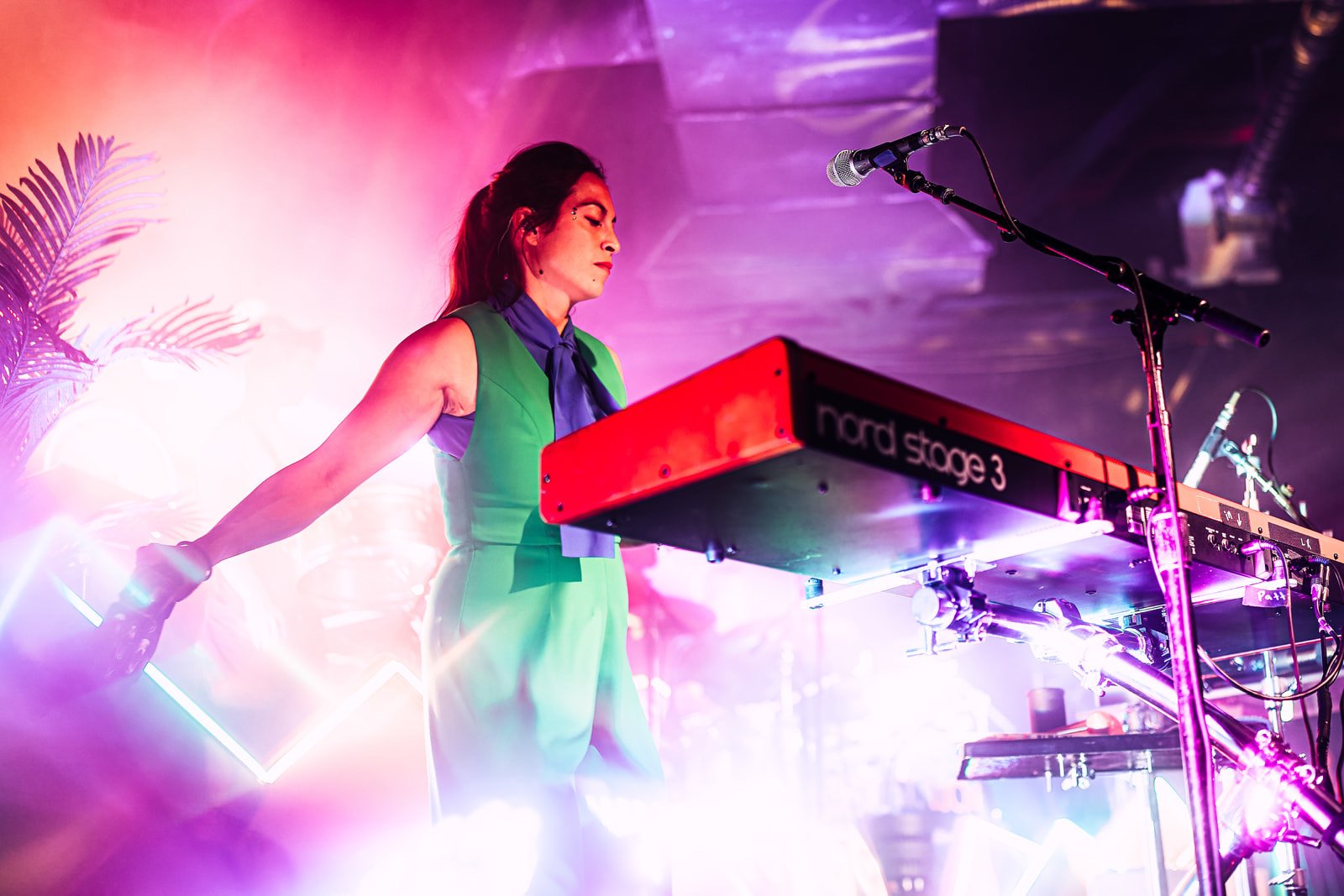
“Some of our tours however, we will design, program, produce content, handle show direction and be the lighting vendor. For those tours we try and place the right person in the LD role, and will typically at least have them be a part of programming and be with them throughout rehearsals, so they are familiar with everything. Once that show is out of rehearsals and has a handful of happy shows under the belt, we’re usually happy to let the LD make some changes on the road, as long as they jive with what the artist wants and don’t disrupt the overall flow of things. Plus, everyone wants to put their touch on a show they are running, and collaboration is what makes the world go round.”
Do you ever go out on tour nowadays to run a show?
“I am currently on tour with Dan + Shay, and occasionally, will go out on short runs with some of our other tours if they need someone for a short bit, have a big festival or show they need someone for. Christian and I are both trying to focus on growing our company, our client base, and managing the day-to-day operation, creative and vendor services for our tours and events, and my wife and I also recently had our first child so being home a lot more is in my sights.”
How did you get started in lighting?
“So, I have been playing in bands and recording music since I was a teenager. I wound up going to Full Sail for audio production, met a bunch of folks from different degree programs there, and a friend of mine there, James Poole, convinced me that live show production and lighting might be a better fit for me, and for that I am forever grateful. Around that time, at a show in Orlando, I ran into a friend from high school, Nathaniel Morgan, who was LD for Big Gigantic at the time. He and another friend of ours, Todd Jones had recently started a production company in Nashville, and they offered me a job when I finished school. So, I moved out to Nashville to work with them and they sent me out on a couple of tours and taught me a lot before they wound up moving to Colorado to start another company. I wound up staying in Nashville and have been grinding since!”
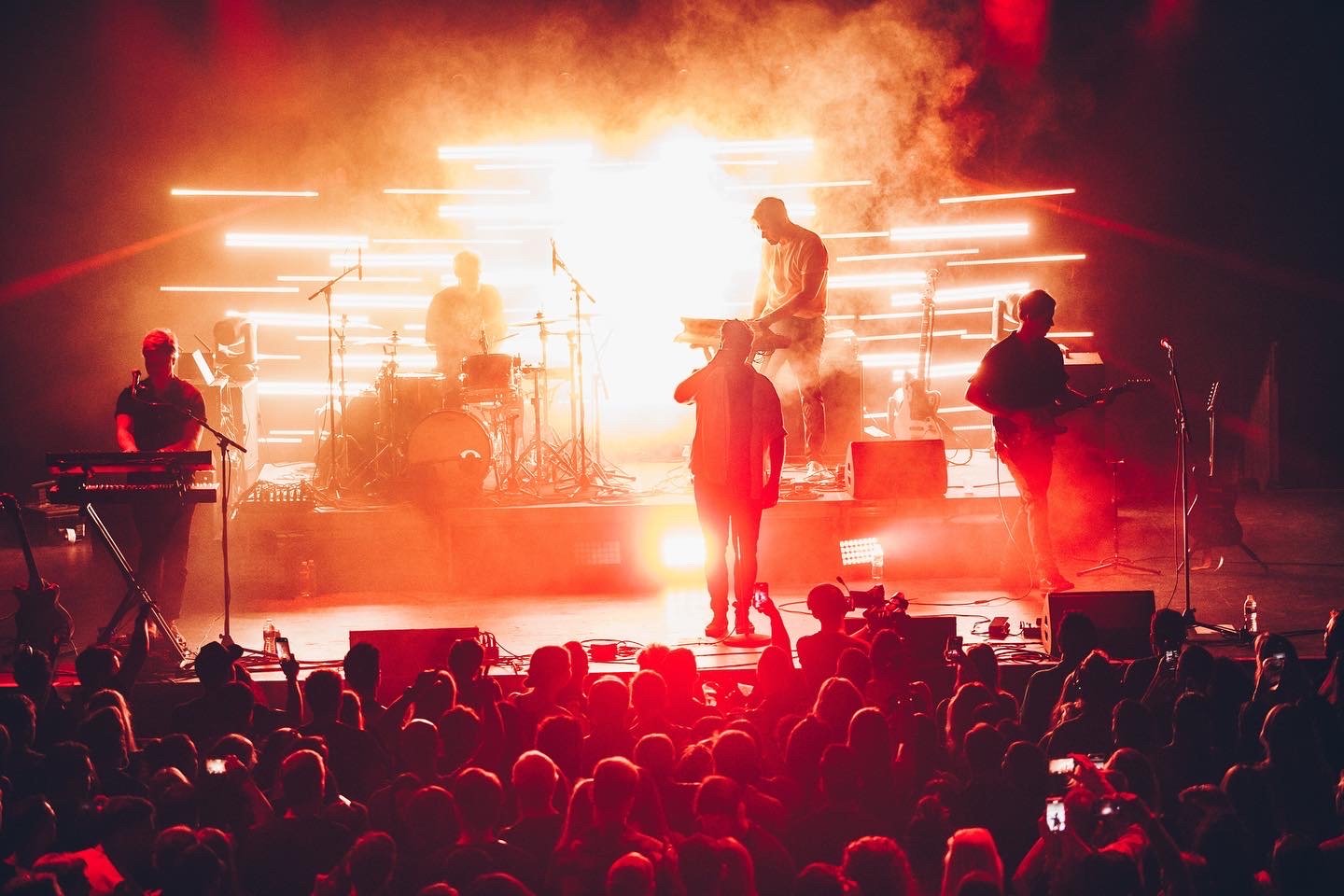
If you didn’t become a lighting designer, what do you think you would have done as a career?
“I feel like I probably would have eventually wound up an animator or a draftsman somewhere along the line. I love working in the 3D space, and I essentially live in CAD, building out spaces, and modeling sets and buildings for our installation and creative division. I do if for fun and fortunately I get to apply it to my everyday work.”
What is the one thing you want people to know about you has a lighting designer?
“I’m a lucky guy to get to do something I love for a living and to be surrounded by people I love while doing it!”